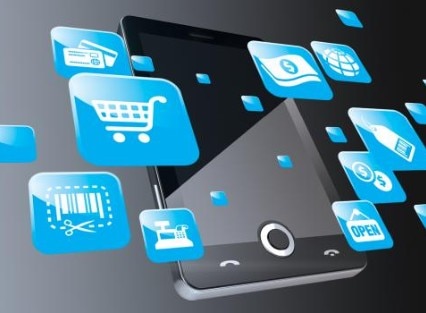In our first Upwardly Mobile report in March 2012, we looked at Mobile Payments and how this technology was a way to “change the payments world” in emerging markets and “change the payments experience” in developed markets. Our second report went a bit further and looked beyond just the Mobile Payment transaction and started to look at Mobile Payments as the facilitator of Mobile Commerce (M-Commerce). In this third report of the Upwardly Mobile series, we go further again and give thought to how Mobility is not just transforming our monetary transactions, but how it is being embedded in almost every industry through the shift of commerce from traditional and electronic to mobile (E2M), the increased use of telematics in vehicle and transportation applications or the introduction of Mobility into Machine-to-Machine (M2M) interactions.
And when we started to look, we found the numbers were pretty staggering. Cisco forecasts the number of connected devices in the world will increase to 50 billion in 2020 from just 500 million in 2013. Mobile retail commerce in the U.S. rose 63% to $34 billion in 2013 and has risen to almost 13% of all E-Commerce sales, up from just 9% in 2012 and Amazon noted that half of their customers shopped using a mobile device during the 2013 holiday season in the U.S. Revenues in commercial fleet telematics are expected to rise nearly four-fold to ~$27 billion by 2018 and estimates for revenue in the M2M space range as high as $1.2 trillion by 2022.
We were also surprised by the breadth of sectors that are being influenced by the proliferation of Mobility. In the same way that E-Commerce strategies were a ‘must have’ over the last few decades as the Internet came alive, the rise of M-Commerce is forcing corporations to shift their strategies to accommodate mobile. Telematics has moved beyond just GPS in a car, to rail safety and insurance pricing. In the M2M space, we found examples of Mobility in traditional manufacturing through areas such as robotics, process controls and white goods appliances, as well as in non-manufacturing sectors such as healthcare, mining, agriculture, utilities and home security. In each of the three Mobility verticals (E2M, Telematics and M2M), we explore not only the ‘use cases’ for Mobility and how each sector is implementing mobile solutions, but also identify the ‘enablers’ that will create the infrastructure for Mobility to be implemented.


